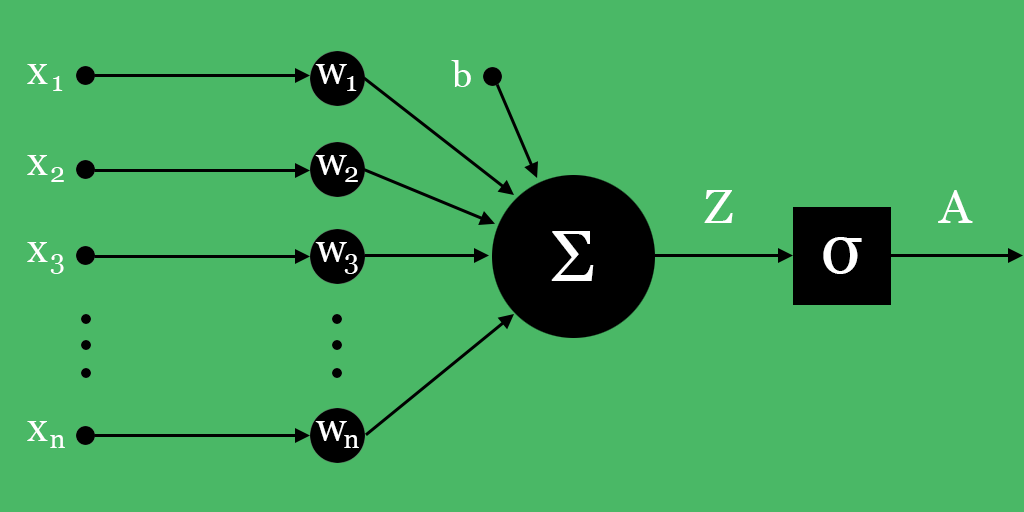In [4]:
fig, AX = plt.subplots(3, 6, sharex=True, sharey=True)
np.random.seed(1234)
for ax in AX.ravel():
rindex = np.random.randint(Y_train.size)
ax.imshow(X_train[rindex])
ax.set_title('label: {}'.format(Y_train[rindex]))
plt.grid(False)
